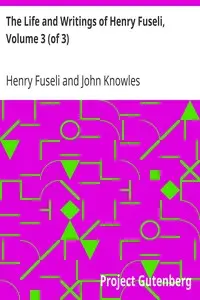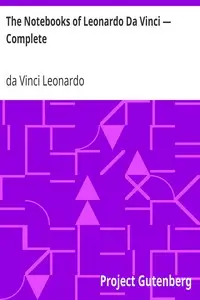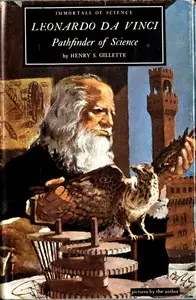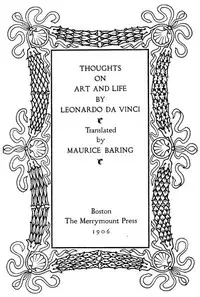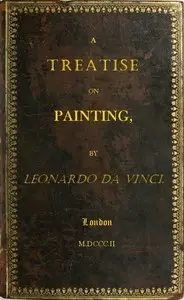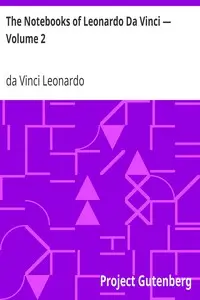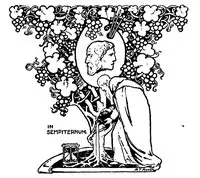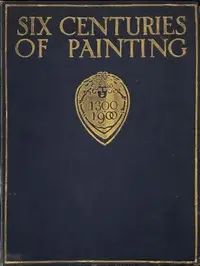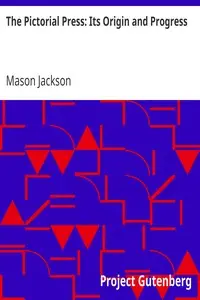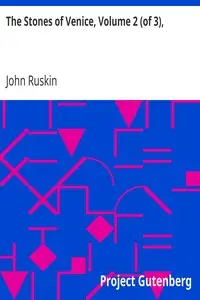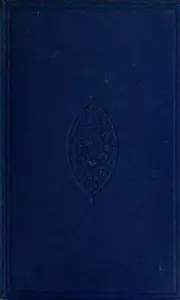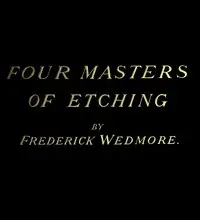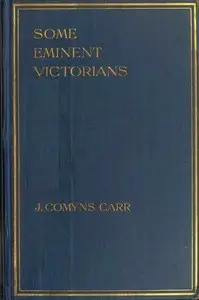"The Notebooks of Leonardo Da Vinci — Volume 1" by da Vinci Leonardo is a compilation of the author's writings created in the 1400s and 1500s, including art, science, and philosophy. The collection exhibits the genius of a man deeply involved in both art and science. It includes writings on subjects like light, shadow, perspective, and painting, linking visual arts and science. It starts with an introduction to the unique structure of these writings, which were written over time on many topics without a clear organization. This start explains how Leonardo's handwriting and disorganized thoughts made translation and interpretation challenging. It then prepares readers for a deep exploration of Leonardo’s ideas about perspective and eyes, presenting observations and theories that would greatly impact future artists and scientists.
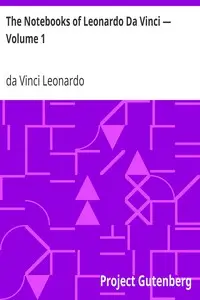
The Notebooks of Leonardo Da Vinci — Volume 1
By da Vinci Leonardo
A Renaissance thinker's diverse collection of notes reveals his revolutionary ideas about art, science, and the world, penned in a unique, disorganized style that has challenged interpreters for ages.
Summary
About the AuthorLeonardo di ser Piero da Vinci was an Italian polymath of the High Renaissance who was active as a painter, draughtsman, engineer, scientist, theorist, sculptor, and architect. While his fame initially rested on his achievements as a painter, he has also become known for his notebooks, in which he made drawings and notes on a variety of subjects, including anatomy, astronomy, botany, cartography, painting, and palaeontology. Leonardo is widely regarded to have been a genius who epitomised the Renaissance humanist ideal, and his collective works comprise a contribution to later generations of artists matched only by that of his younger contemporary Michelangelo.
Leonardo di ser Piero da Vinci was an Italian polymath of the High Renaissance who was active as a painter, draughtsman, engineer, scientist, theorist, sculptor, and architect. While his fame initially rested on his achievements as a painter, he has also become known for his notebooks, in which he made drawings and notes on a variety of subjects, including anatomy, astronomy, botany, cartography, painting, and palaeontology. Leonardo is widely regarded to have been a genius who epitomised the Renaissance humanist ideal, and his collective works comprise a contribution to later generations of artists matched only by that of his younger contemporary Michelangelo.

